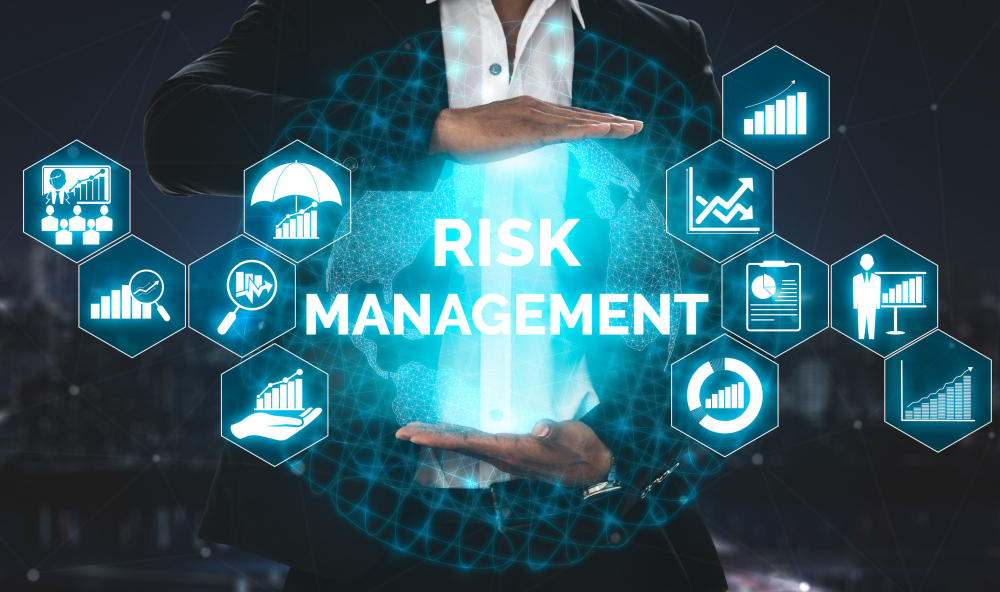
Corporate governance identifies the authorities and responsibilities of the board and senior management in their respective roles to govern the bank’s operations and structure. Corporate governance involves the relationships among the bank’s board, management, shareholders, and other stakeholders. Corporate governance is essential to the safe and sound operation of the bank. Corporate governance includes how the board and senior management interact with each other in their respective roles. Before discussing Corporate Governance in further detail, let’s look at what it is.
How is Corporate Governance Defined?
According to Investopedia, corporate governance is the system of rules, practices, and processes by which a company is directed and controlled. Corporate governance essentially involves balancing the interests of a company’s many stakeholders, including shareholders, senior management, customers, suppliers, lenders, the government, and the community. As such, corporate governance encompasses practically every sphere of management, from action plans and internal controls to performance measurement, ensuring proper disclosures are forthcoming.
Key Components
- Corporate governance is the structure of rules, practices, and processes used to direct and manage a company.
- A company’s board of directors is the primary force influencing corporate governance.
- Bad corporate governance can destroy a company’s operations and ultimate profitability.
- The basic principles of corporate governance are accountability, transparency, fairness, responsibility, and risk management.
Understanding Corporate Governance
From a business perspective, risk is the potential for events to have an adverse effect on a company’s current or projected financial condition. Risk includes a downturn in the business cycle, financial fraud, poor forecasting of product demand, increased production costs, shortage of critical materials, the loss of key suppliers, incompetent management, and geopolitical events.
Risk management is an essential element of corporate governance. Risk governance applies sound corporate governance principles to identify, measure, monitor, and control risks to help ensure that risk-taking activities align with the company’s strategic objectives and risk appetite. Risk governance is the bank’s approach to risk management and includes the policies, processes, personnel, and control systems that support risk-related decision-making.
In today’s complex financial landscape, a comprehensive risk assessment is the cornerstone of effective business risk mitigation strategies. A thorough risk assessment is crucial for identifying potential threats and formulating robust business conflict resolution strategies. Organizations can preemptively address vulnerabilities and foster long-term stability by systematically identifying, analyzing, and prioritizing risks.
The Importance of Thorough Risk Assessments
A comprehensive risk assessment is imperative for businesses aiming to safeguard their assets and ensure operational efficiency and continuity. The process begins with identifying risks that could impact the organization. These risks range from financial fraud and regulatory non-compliance to market volatility and operational inefficiencies.
Once risks are identified, the next step is to analyze their potential impact and likelihood. This involves evaluating the severity of each risk and understanding how it could affect the business. Prioritizing risks based on their potential impact and probability enables organizations to allocate resources effectively and address the most critical threats first.
Identifying, Analyzing, and Prioritizing Risks
Systematically uncover, evaluate, and rank potential threats to allocate resources effectively and ensure organizational stability.
Identification: The initial phase of risk assessment involves identifying all possible risks. This includes internal risks like employee fraud or system failures and external risks such as economic downturns or regulatory changes.
Analysis: After identification, each risk is analyzed to determine its potential impact and likelihood. This stage involves a detailed examination of how each risk could affect the organization’s operations, finances, and reputation.
Prioritization: The final step is prioritizing the risks. Organizations can first focus on mitigating the most significant threats by ranking risks based on their potential impact and likelihood. This prioritization ensures that resources are used efficiently and effectively.
The Opportunity Group’s Expertise in Risk Assessment
The Opportunity Group excels in comprehensive risk assessment, specializing in financial fraud investigations and asset evaluations. Our firm strategically addresses regulatory and asset management issues, including promoting stability in financial markets and financial discipline with individual companies.
Business Conflict Resolution
In addition to risk assessments, Opportunity Group excels in business conflict resolution strategies. Our approach involves identifying the root causes of conflicts, analyzing their financial impact, and developing tailored strategies to resolve them. This proactive approach addresses immediate issues and prevents future disputes, promoting a harmonious and productive business environment.
Conclusion
A comprehensive risk assessment is the first and most crucial step in mitigating business risks. Organizations can protect their assets and ensure long-term stability by systematically identifying, analyzing, and prioritizing risks. The Opportunity Group’s extensive experience in evaluating reporting structures, management controls, and audit programs positions the company as a conflict resolution leader. Our unwavering commitment to honesty and integrity ensures that we provide our clients with reliable, practical solutions that promote sustainable success.
